Researchers at Embry-Riddle Aeronautical University have uncovered patterns in drone operations that challenge safety norms, with many small uncrewed aircraft systems (UAS) flying above the Federal Aviation Administration’s (FAA) established 400-foot ceiling. This nationwide analysis highlights growing drone usage and identifies “hot spots” where encounters with manned aircraft could escalate. The findings, drawn from Remote ID data, underscore the need for enhanced awareness and regulatory adjustments as drone applications expand.
Altitude Patterns Challenge Safety Standards
The study examined 6,037 drone flights with altitude data and found notable deviations from FAA guidelines. Operators pushed at least 573 flights between 400 and 500 feet, while 781 reached 500 feet or higher. Accounting for flight duration, drones occupied airspace typically reserved for manned aircraft during about 10 percent of the total observed flying time.
Dr. Ryan Wallace, associate professor in the Aeronautical Science Department and principal investigator, noted, “Study data suggests that a sizable number of small UAS flights take place above that altitude, which could impact the operation of manned aircraft.”
These higher-altitude operations often involved recreational drones, based on the models detected. Some flights might have occurred under FAA waivers or authorizations, though the research did not specify such approvals. This development raises questions about compliance, especially as small UAS—those under 55 pounds (about 25 kilograms)—proliferate in both hobbyist and professional settings.
Proximity to Airports Amplifies Hazards
Drones operating near aerodromes pose another layer of concern, particularly around heliports. The analysis covered 43 sites and revealed that small UAS flew closest to heliports, sometimes within 0.5 nautical miles (roughly 3,000 feet or 914 meters). Wallace pointed out that heliports often blend into urban environments and lack visibility on aeronautical charts, which complicates avoidance for drone pilots.
The report recommends adding heliport locations to these charts to boost operator awareness. Dr. Stephen Rice, a professor in the Human Factors and Behavioral Neurobiology Department, expressed surprise at “the sheer number of drone flights operating near airports.” Such proximity could disrupt helicopter operations, which frequently use lower altitudes.

Broader Implications for Drone Integration
As drone technology advances, commercial uses like crop monitoring, public safety, and infrastructure inspections will likely surge. Anticipated changes in beyond-visual-line-of-sight (BVLOS) rules—allowing flights without direct visual oversight—could further accelerate this growth.
Dr. Brent Terwilliger, associate professor in the Embry-Riddle Worldwide Department of Aeronautics, emphasized that the analysis creates “a real-world, data-driven picture of how small UAS are actually being used in the National Airspace System,” adding that such information is “essential for shaping informed, practical policies and technologies that will enable safe, scalable integration of UAS as operations and autonomy continue to expand.”
The FAA’s Remote ID requirement, in effect since 2023, supplied the study’s data through nationwide sensors.
Wallace praised the policy, stating it was “bearing fruit by providing the FAA with important information on small UAS activity hot spots or areas of elevated risk” to guide safety measures.
Ph.D. candidate Sang-A Lee, who contributed to the research, said it will “enhance the safety framework” for drone operations and “helps inform both current policy gaps and future regulatory priorities.”
Dr. Scott Winter, associate dean for research in the College of Aviation and co-principal investigator, called the work “groundbreaking” and said it will enable “informed decision-making by industry and government.”
John Robbins, chair of the Department of Aeronautical Science, added that the findings will help uncrewed aviation to naturally evolve, noting, “These researchers are truly paving a pathway into the world of tomorrow.”
This research, involving partners from Kansas State University and Wichita State University’s National Institute for Aviation Research, equips drone professionals and recreational pilots with insights to navigate evolving airspace dynamics responsibly.
Photos courtesy of Suarez Media.
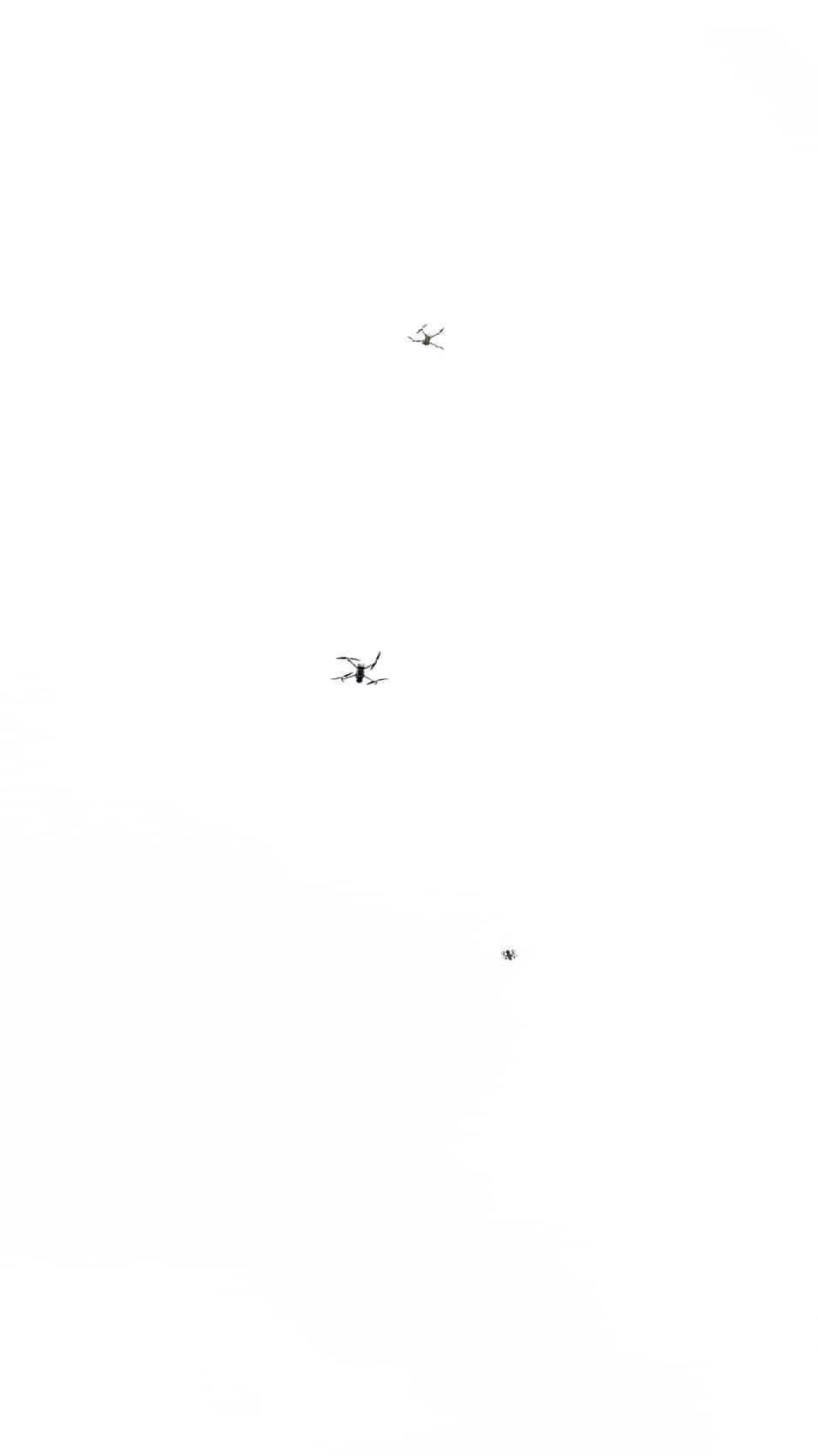
Discover more from DroneXL.co
Subscribe to get the latest posts sent to your email.
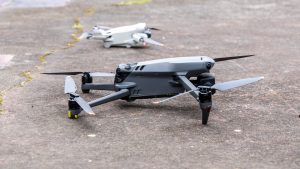
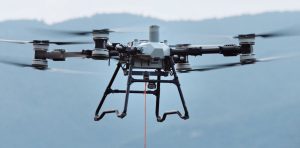
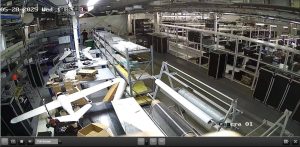
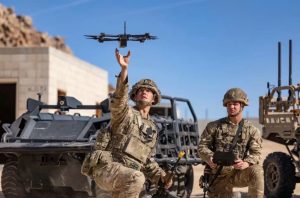


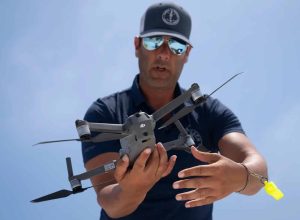

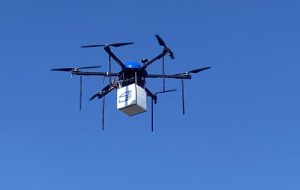
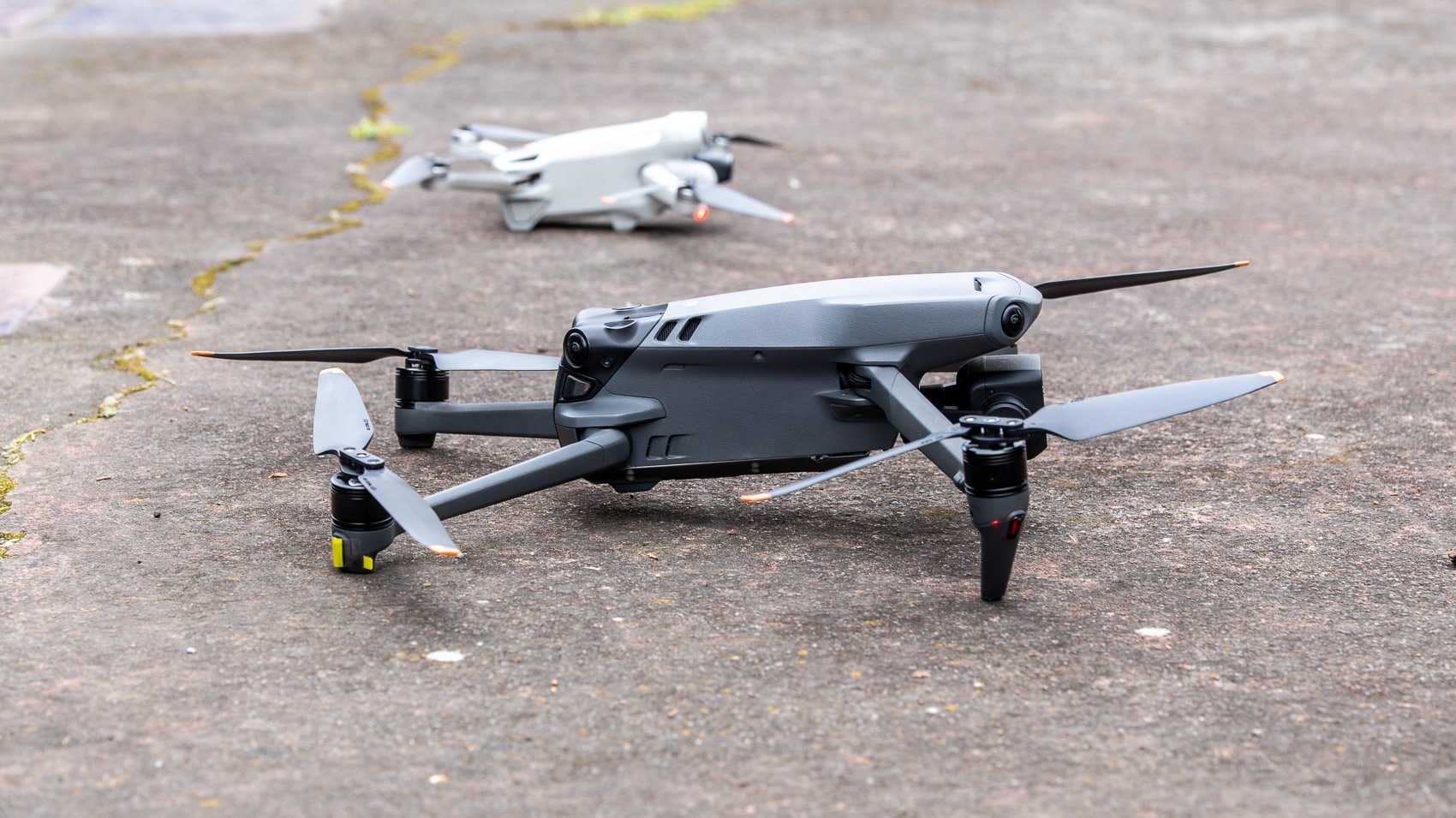
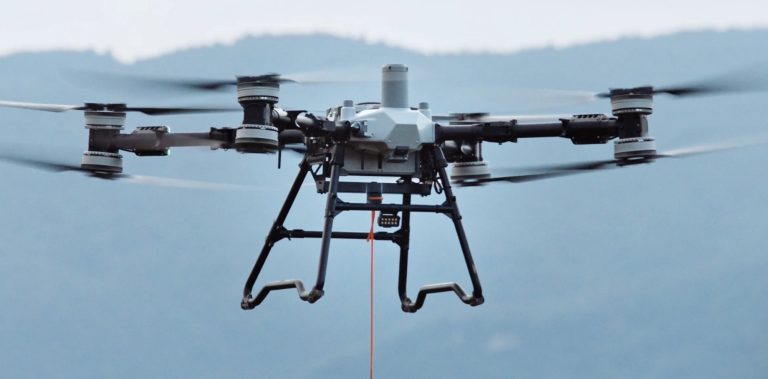


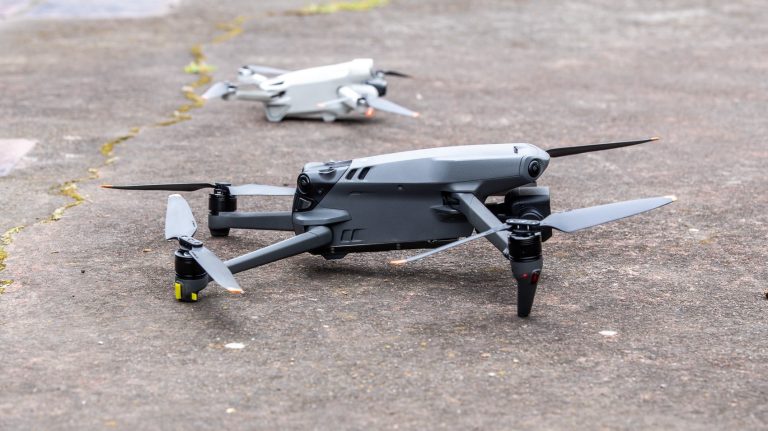


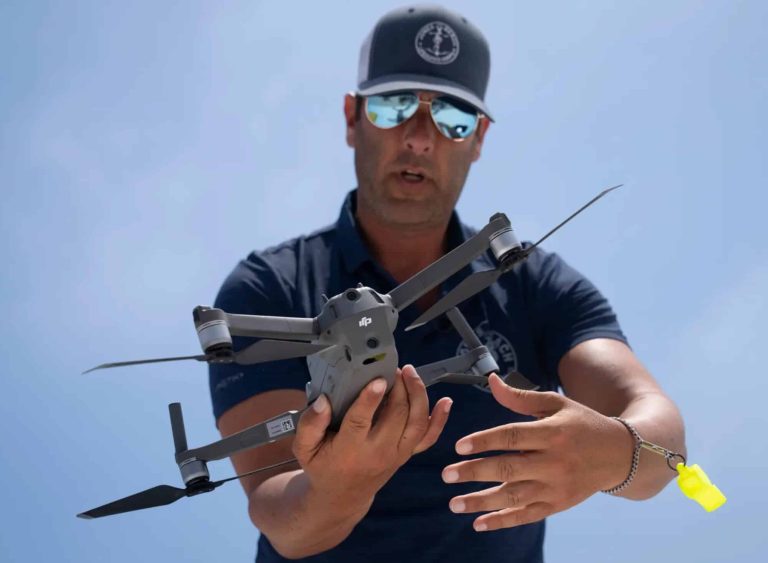

+ There are no comments
Add yours